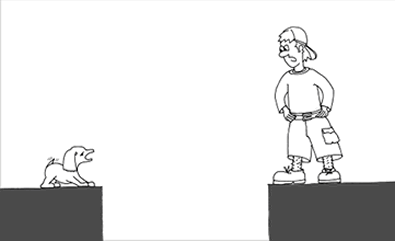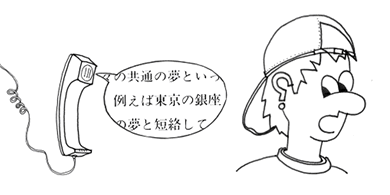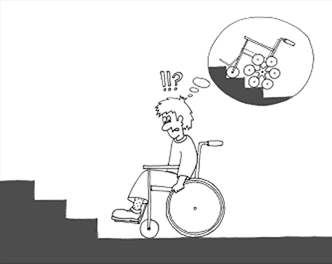|
There are many different kinds of barriers. The following are examples
of barriers that can be found alone or combined with others:
:: A natural barrier is
a geographical accident that blocks or restricts your passage, such
as a river, a chain of mountains or a cliff.

::
A communication barrier is anything that hinders communication
between persons and emission or reception of messages, such as someone
speaking on the phone in a different language.

:: An architectural barrier is
an obstacle that restricts access to and use of an area and its
facilities.

|

